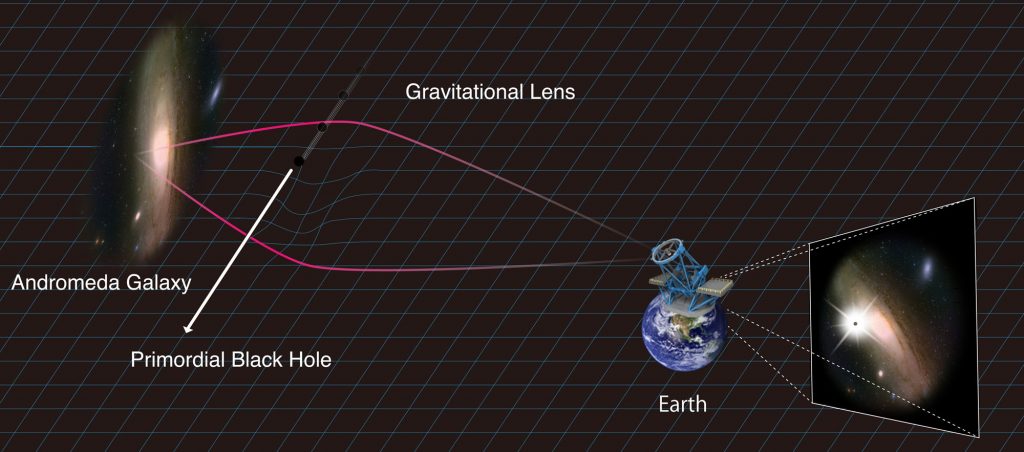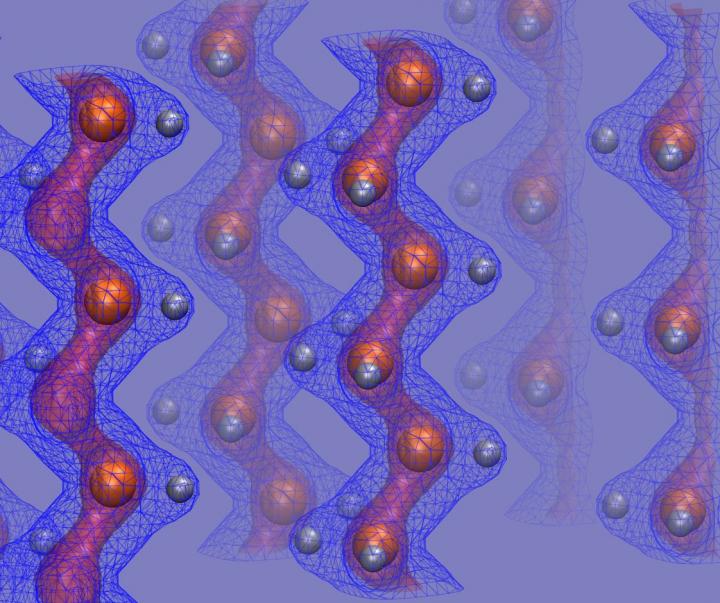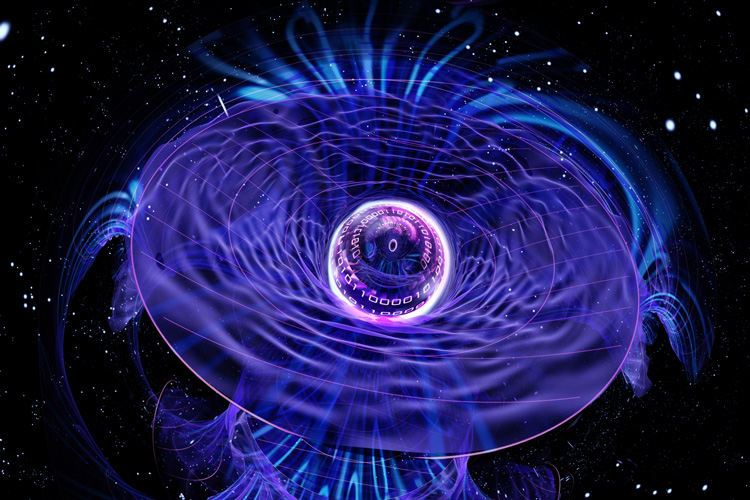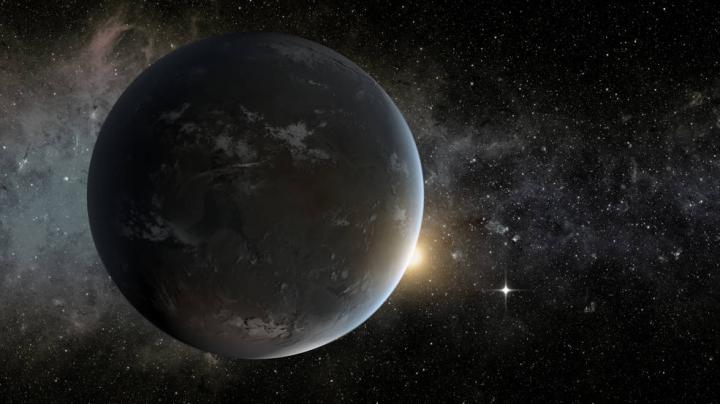What dark matter is (not) made of
“When you have eliminated the impossible, whatever remains, however improbable, must be the truth,” the detective, Sherlock Holmes, says to Dr. Watson in “The Sign of the Four.” Cosmologists searching for dark matter, which should make up 85 percent of the universe’s mass, seem to be following a similar process right now. They are eliminating one component after another. Recently, they succeeded in eliminating two more possibilities. Dark matter is not made up of tiny black holes. This result was shown by astronomers with the help of the Japanese Subaru telescope. Their strategy was very interesting. According to theories…








